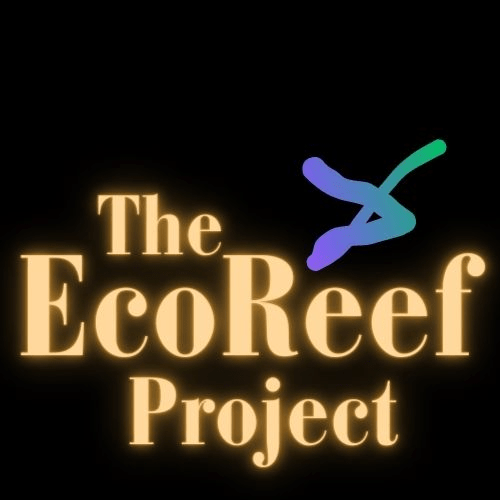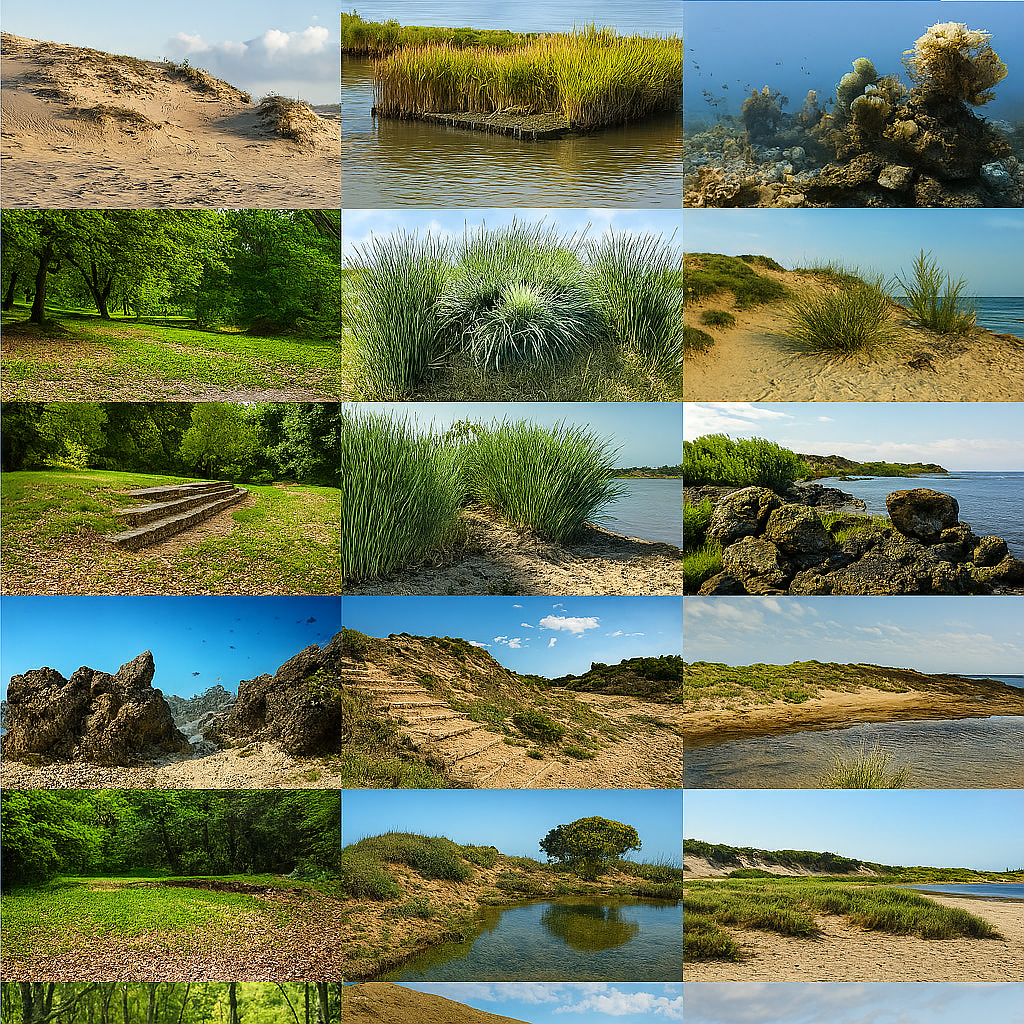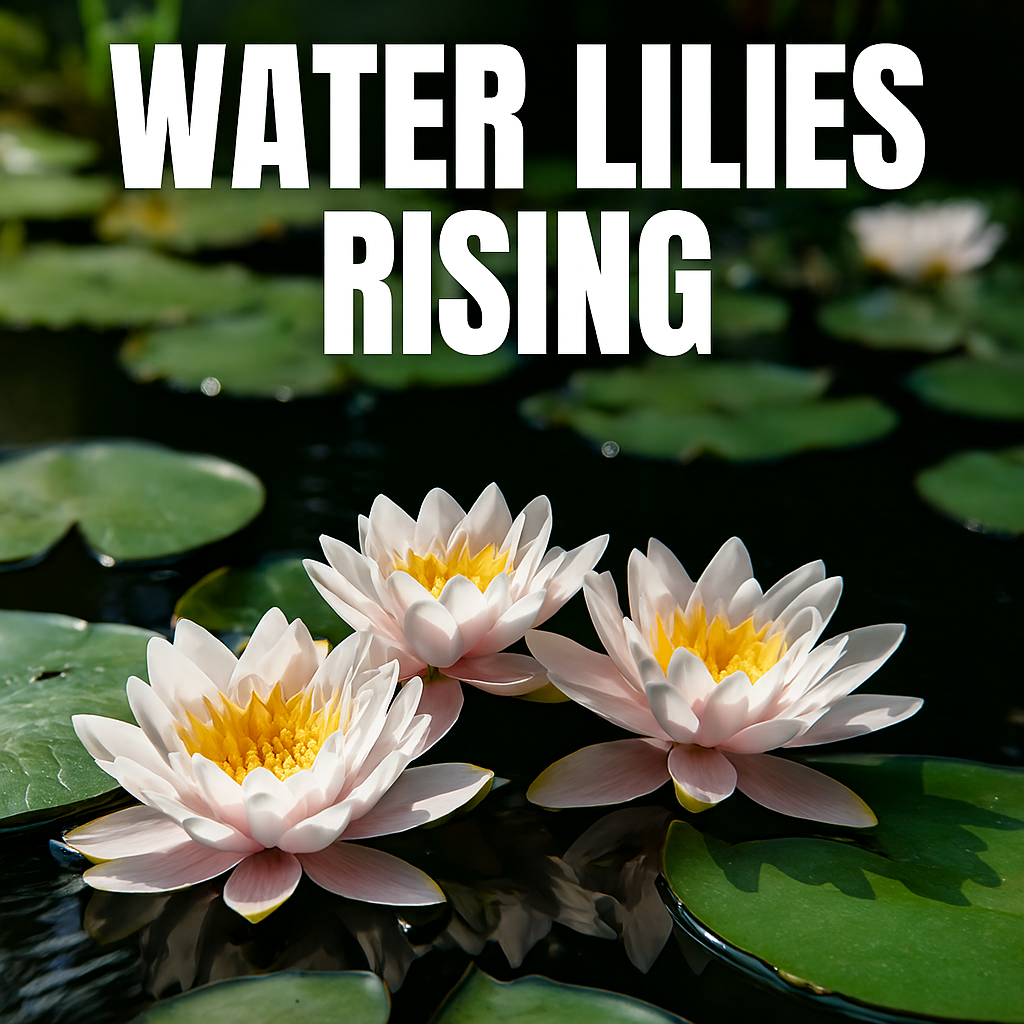A Modular Blueprint for Regenerative Water Design
Why Simplicity Wins in Aquatic Restoration
The EcoReef Project Eco Reef Factory is a production line. EcoReefs are not just structures. They are regenerative tools for aquatic healing. The simplicity of their assembly is part of their genius. No industrial machinery. No toxic adhesives. Just twigs, stones, rope, and repurposed plastic bottles. This post explores how anyone—from aquarium hobbyists to river restoration teams—can build an EcoReef factory with minimal cost and maximum ecological impact.
The EcoReef factory is not a building. It’s a method. A repeatable, scalable system that turns waste into resilience. Whether you’re working in a backyard, a community center, or a shoreline, the principles remain the same. This guide breaks down the symbolic and functional layers of EcoReef construction, offering a modular framework for ecological repair.
The Core Materials – What You Need and Why It Matters
EcoReefs rely on accessible, low-cost materials. These include:
| Material | Purpose | Symbolic Role |
|---|---|---|
| Twigs and Branches | Structural mesh for aquatic shelter | Organic memory of riparian zones |
| Rocks and Stones | Weight and anchoring | Stability and permanence |
| Plastic Bottles | Binding agent that resists degradation | Transformation of waste |
| Rope | Tethering and modular linkage | Connection and control |
| Heat Gun | Shrinking plastic for secure binding | Activation of resilience |
Each item plays a dual role—practical and symbolic. The twigs mimic beaver engineering. The stones ground the structure. The bottles repurpose pollution into protection. The rope creates a daisy chain of modular units. The heat gun activates the binding process.
The Beaver Bridge Method – Nature’s Blueprint for Aquatic Shelter
EcoReefs follow the Beaver Bridge method. This technique mimics how beavers weave branches to form protective habitats. Humans lack the dexterity of beavers, but we can replicate the effect using weighted twigs and plastic binders.
Beaver bridges are more than nests. They are ecological nodes. They slow water, trap sediment, and create breeding grounds. EcoReefs adopt this logic. By knitting branches together and anchoring them with stones, we create a mesh that supports aquatic life.
This method is scalable. Miniature EcoReefs can be used in aquariums. Mid-sized units suit ponds and canals. Larger formations protect coastlines and riverbanks. The principle remains constant—organic mesh, weighted structure, and modular linkage.
Plastic Bottles – From Pollution to Permanence
Plastic bottles are the backbone of EcoReef binding. Heated with a heat gun, they shrink tightly around twigs and stones. This creates a durable, non-toxic bond that resists water degradation.
Unlike glues or synthetic resins, plastic bottles do not leach chemicals. They are inert and long-lasting. Research suggests they remain structurally intact for hundreds of years. This makes them ideal for underwater use.
Repurposing bottles also addresses waste. Every EcoReef built with plastic diverts pollution from landfills and oceans. It’s a symbolic reversal—turning harm into healing.
Rope and Daisy Chains – Linking EcoReefs for Strength and Safety
EcoReefs are not isolated units. They are linked in daisy chains using rope. This tethering prevents drift and allows for easy removal when needed.
The rope serves two functions. First, it connects EcoReefs into larger formations. Second, it enables modularity. Units can be added, removed, or repositioned without dismantling the entire system.
This flexibility is crucial. Waterways change. Floods shift sediment. Wildlife migrates. EcoReefs must adapt. The daisy chain model allows for dynamic response.
Zero-Cost Setup – Why Anyone Can Build an EcoReef Factory
Aside from basic tools, the EcoReef factory requires no financial investment. Twigs are free. Stones are abundant. Plastic bottles are waste. Rope is inexpensive. Heat guns are a one-time purchase.
This accessibility democratizes restoration. Schools, families, and communities can participate. No permits. No proprietary technology. Just a shared commitment to ecological repair.
The zero-cost model also encourages experimentation. Builders can test different shapes, weights, and tethering methods. The goal is not perfection—it’s participation.
Miniature EcoReefs – Aquarium Applications and Symbolic Learning
Small-scale EcoReefs work beautifully in aquariums. They provide shelter for fish, anchor plants, and create microcurrents. They also teach ecological principles.
Children can build EcoReefs as science projects. Families can use them to reduce plastic waste. Hobbyists can experiment with aquatic design. Each miniature unit becomes a symbol of restoration.
These small EcoReefs are not toys. They are prototypes. Scaled-down versions of larger systems. They embody the same principles—organic mesh, weighted structure, and modular linkage.
Mid-Sized EcoReefs – Ponds, Canals, and Community Waterways
Mid-sized EcoReefs suit urban and rural waterways. They stabilize banks, filter runoff, and create habitat. They are ideal for community projects.
These units can be built in workshops. Volunteers can gather materials. Local councils can support deployment. The process is simple, repeatable, and impactful.
Mid-sized EcoReefs also serve as educational tools. They demonstrate how waste can become infrastructure. They show how modular design supports ecological resilience.
Large-Scale EcoReefs – Coastal Defense and River Restoration
Large EcoReefs are powerful tools for environmental engineering. They lock together to form barriers against erosion, flooding, and sediment loss.
These formations can be deployed in estuaries, deltas, and river mouths. They slow water, trap debris, and create breeding grounds. They also protect infrastructure.
The modular design allows for phased deployment. Units can be added over time. Maintenance is minimal. Removal is easy. The system adapts to changing conditions.
Symbolic Ecology – Why Every Material Tells a Story
EcoReefs are not just functional. They are symbolic. Each material carries meaning. Twigs represent memory. Stones represent grounding. Plastic represents transformation. Rope represents connection.
This symbolic layer deepens engagement. Builders are not just assembling parts. They are participating in a narrative. A story of repair, resilience, and renewal.
Symbolic ecology also enhances education. Children learn not just how to build, but why it matters. Communities see restoration as a shared ritual.
Safety and Ethics – What Goes In Must Come Out
EcoReefs follow a strict principle—anything placed in water must be removable. This ensures ecological safety and ethical responsibility.
Tethering allows for easy extraction. Materials are non-toxic. No adhesives are used. The system respects aquatic life and water quality.
This principle builds trust. Communities know EcoReefs won’t become pollution. Regulators see a model of responsible innovation. The project earns legitimacy.
Adaptive Design – How EcoReefs Evolve Over Time
EcoReefs are not static. They change with the environment. Twigs decay. Stones shift. Wildlife interacts. Builders must adapt.
This evolution is part of the design. Units can be replaced. Chains can be reconfigured. Materials can be upgraded. The system learns.
Adaptive design also supports innovation. Builders test new binders. Explore new shapes. Share results. The EcoReef factory becomes a living lab.
Community Engagement – How to Build Together
EcoReef factories thrive in community settings. Schools, clubs, and councils can host workshops. Families can build at home. Artists can create installations.
This engagement builds ownership. People see their work in the water. They monitor results. They share stories. Restoration becomes personal.
Community engagement also spreads knowledge. Each builder becomes an ambassador. Each EcoReef becomes a message.

Ecological Impact – What We Restore and Why It Matters
EcoReefs restore more than habitat. They restore flow, sediment balance, and biodiversity. They support fish, amphibians, insects, and plants.
They also restore meaning. In a world of ecological loss, EcoReefs offer hope. A tangible, visible act of repair.
Impact is measured not just in species counts, but in stories. A child building an EcoReef. A riverbank stabilizing. A community reconnecting with water.
What Is an EcoReef – A Symbolic Structure for Aquatic Renewal
EcoReefs are modular, biodegradable aquatic structures designed to mimic natural habitats. They are built from twigs, stones, rope, and repurposed plastic bottles. Their purpose is not permanence—it’s regeneration. EcoReefs create temporary shelter, stabilize sediment, and support biodiversity.
They are not artificial reefs in the traditional sense. They do not rely on concrete, steel, or synthetic adhesives. Instead, they use organic and repurposed materials to form a mesh that supports aquatic life. This mesh is flexible, adaptive, and removable.
EcoReefs are symbolic. They represent a shift from extraction to restoration. From permanence to process. From waste to wisdom. Their design is rooted in ecological humility—knowing that nature must lead.
Why EcoReefs Are Needed – Repairing the Broken Threads of Aquatic Systems
Aquatic ecosystems are under stress. Pollution, erosion, habitat loss, and climate disruption have fragmented the web of life. Fish lose breeding grounds. Plants lose anchoring zones. Waterways lose flow stability.
EcoReefs respond to this fragmentation. They reweave the threads. They offer shelter, structure, and sediment control. They do not dominate the environment—they support it.
Their modularity allows for targeted intervention. A single EcoReef can stabilize a stream bend. A chain of EcoReefs can protect a shoreline. Their simplicity makes them accessible to communities, schools, and families.
Temporary by Design – Why EcoReefs Must Be Removable
EcoReefs are built on a principle—what goes in must come out. They are not permanent installations. They are temporary interventions designed to support ecological recovery.
This temporariness is intentional. It prevents long-term disruption. It allows for adaptive management. It respects the dynamic nature of water systems.
Tethering with rope ensures easy removal. Materials are chosen for durability without toxicity. Builders can monitor, adjust, and extract EcoReefs as needed. This makes them ethical, safe, and responsive.
EcoReefs as Transitional Infrastructure – Bridging the Gap Between Damage and Recovery
EcoReefs are not endpoints. They are bridges. Transitional infrastructure that supports ecosystems while they heal. They fill the gap between degradation and regeneration.
In damaged rivers, they slow water and trap sediment. In polluted canals, they offer clean surfaces for microbial growth. In eroded shorelines, they buffer wave energy.
Once ecosystems stabilize, EcoReefs can be removed. Their job is done. The habitat remains. The water flows. The life returns. This is restoration without residue.
Material Symbolism – Why Twigs, Stones, and Bottles Matter
Every material in an EcoReef carries meaning. Twigs represent memory—fragments of forests and riparian zones. Stones represent grounding—weight, permanence, and stability. Plastic bottles represent transformation—waste turned into resilience.
These materials are chosen not just for function, but for symbolism. They teach. They provoke. They connect. Builders engage with ecological stories as they assemble each unit.
This symbolic layer deepens the impact. EcoReefs become more than structures. They become rituals. Acts of care. Messages of repair.

EcoReefs and Amphibians – Supporting the Forgotten Allies of Water Systems
Amphibians are often overlooked in aquatic restoration. Frogs, newts, and tadpoles play vital roles in nutrient cycling, insect control, and ecological signaling. EcoReefs support them.
The mesh of twigs offers shelter. The stones create microhabitats. The bottles provide surfaces for egg-laying. The modular design allows for amphibian movement and interaction.
By supporting amphibians, EcoReefs restore balance. They reconnect aquatic and terrestrial systems. They honor the full spectrum of life in water.
Community-Scale Deployment – How Anyone Can Build and Use EcoReefs
EcoReefs are designed for community use. No permits. No proprietary technology. Just shared knowledge and simple tools. Schools, families, and councils can build them.
Workshops can teach the method. Volunteers can gather materials. Builders can deploy units in ponds, canals, and rivers. The process is inclusive and empowering.
This democratization of restoration is key. EcoReefs are not elite tools. They are grassroots infrastructure. Built by many. Used by all.
EcoReefs and Flow Dynamics – How They Shape Water Without Blocking It
EcoReefs do not obstruct water. They shape it. Their mesh slows flow, traps sediment, and creates eddies. This supports plant growth, fish breeding, and nutrient cycling.
Unlike dams or barriers, EcoReefs are porous. They allow movement. They adapt to changing conditions. They respond to floods, droughts, and seasonal shifts.
This flow-sensitive design makes them ecologically intelligent. They work with water, not against it. They restore rhythm, not rigidity.
Monitoring and Feedback – How EcoReefs Teach Us About Ecosystem Health
EcoReefs are not just tools—they are sensors. Their condition reflects ecosystem health. If twigs decay quickly, water chemistry may be off. If stones shift, flow dynamics may be unstable.
Builders can monitor EcoReefs over time. Adjust materials. Reposition units. Remove chains. This feedback loop supports learning and adaptation.
EcoReefs become part of a living lab. A way to study, respond, and evolve. Restoration becomes a dialogue, not a directive.
The Future of EcoReefs – Scaling Symbolic Restoration Across Landscapes
EcoReefs are just the beginning. Their principles—modularity, symbolism, accessibility—can be applied to other systems. Wetlands. Estuaries. Urban waterways.
Future iterations may use new binders. New shapes. New materials. But the core remains—temporary, ethical, symbolic restoration.
EcoReefs invite us to rethink infrastructure. To build with care. To design with humility. To restore with meaning.






Leave a Reply